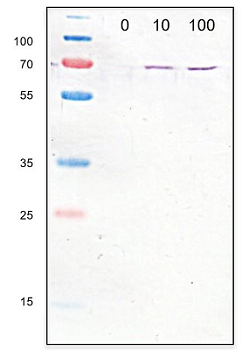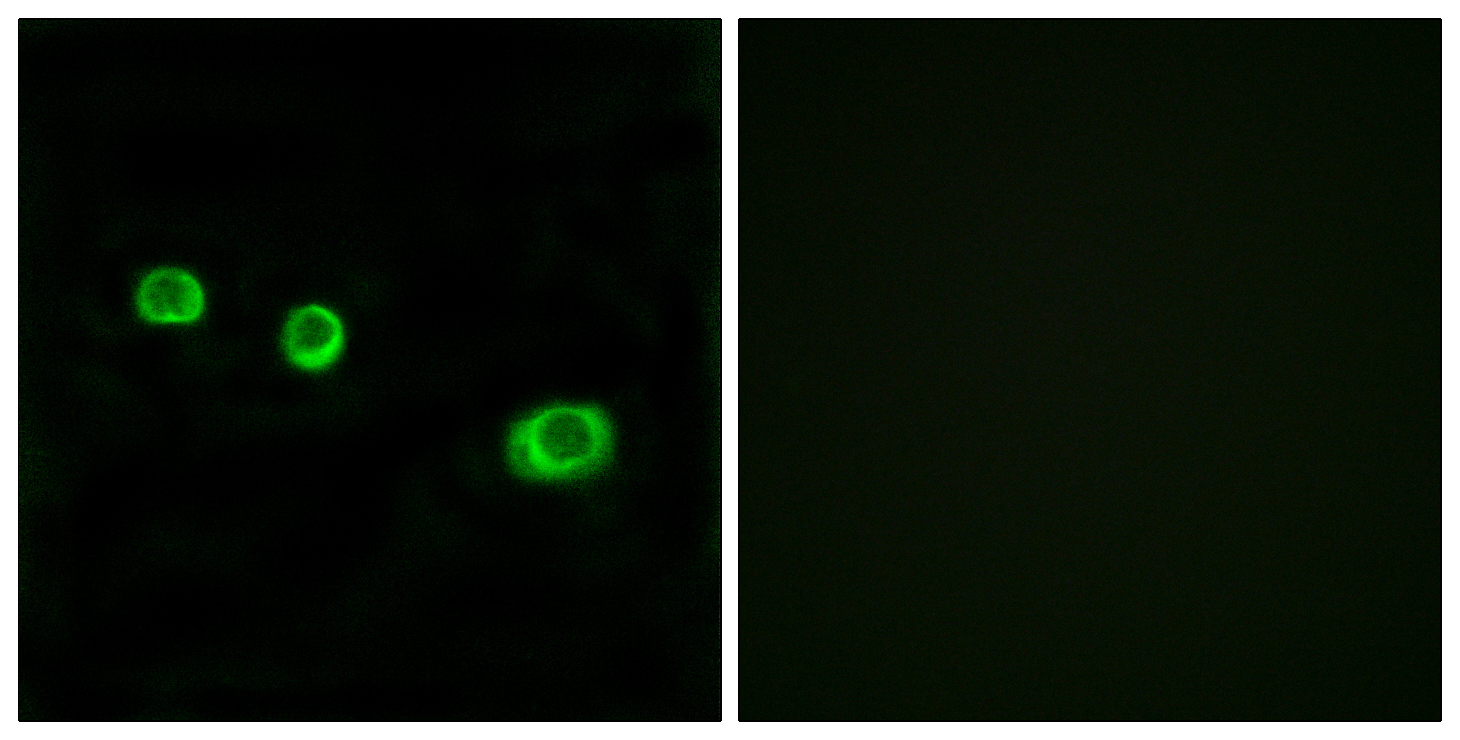
anti-GBP1 (human), pAb (IN111)
AG-25B-6001
ApplicationsWestern Blot
Product group Antibodies
ReactivityHuman
TargetGBP1
Overview
- SupplierAdipoGen Life Sciences
- Product Nameanti-GBP1 (human), pAb (IN111)
- Delivery Days Customer10
- ApplicationsWestern Blot
- CertificationResearch Use Only
- ClonalityPolyclonal
- Concentration1 mg/ml
- Estimated Purity>95%
- Gene ID2633
- Target nameGBP1
- Target descriptionguanylate binding protein 1
- Target synonymshGBP1, guanylate-binding protein 1, GBP-1, GTP-binding protein 1, guanine nucleotide-binding protein 1, guanylate binding protein 1, interferon-inducible, 67kDa, huGBP-1, interferon-induced guanylate-binding protein 1
- HostRabbit
- Protein IDP32455
- Protein NameGuanylate-binding protein 1
- Scientific DescriptionGuanylate-binding proteins (GBPs) are a family of antimicrobial proteins that are expressed by host cells in response to pathogens. Expression of GBPs is induced by both type I IFNs and IFN-gamma. During infection with pathogen (S. Typhimurium or Salmonella), GBP1 binds first to surface of the bacteria, leading to the recruitment of GBP2, GBP3 and GBP4. GBP1 binds to the component LPS (Lipopolysaccharide) of the bacteria as a first step bringing caspase-4 to the surface of bacteria, leading to caspase-1 activation, Gasdermin D cleavage and finally pyroptotic cell death. GBP1 is cleaved and inactivated by Caspase-1. GBP1 also promotes Toxoplasma DNA detection by AIM2-ASC-Caspase-8 leading to apoptosis. GBP1 acts as a gatekeeper of cell death pathways, which respond specifically to infecting microbes. - Polyclonal antibody. Recognizes endogenous human GBP1. Application: WB. Source: Rabbit. Liquid. In PBS containing 0.05% sodium azide. Guanylate-binding proteins (GBPs) are a family of antimicrobial proteins that are expressed by host cells in response to pathogens. Expression of GBPs is induced by both type I IFNs and IFN-gamma. During infection with pathogen (S. Typhimurium or Salmonella), GBP1 binds first to surface of the bacteria, leading to the recruitment of GBP2, GBP3 and GBP4. GBP1 binds to the component LPS (Lipopolysaccharide) of the bacteria as a first step bringing caspase-4 to the surface of bacteria, leading to caspase-1 activation, Gasdermin D cleavage and finally pyroptotic cell death. GBP1 is cleaved and inactivated by Caspase-1. GBP1 also promotes Toxoplasma DNA detection by AIM2-ASC-Caspase-8 leading to apoptosis. GBP1 acts as a gatekeeper of cell death pathways, which respond specifically to infecting microbes.
- ReactivityHuman
- Storage Instruction-20°C,2°C to 8°C
- UNSPSC12352203




